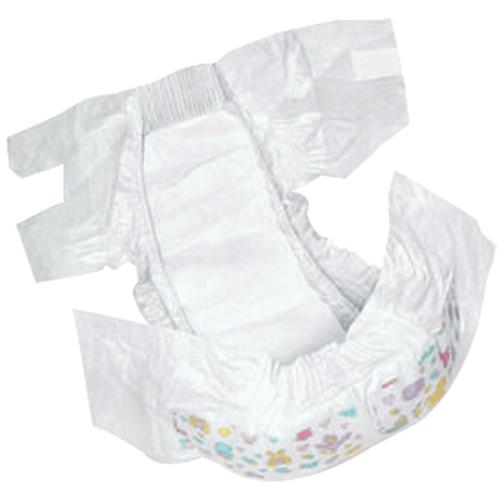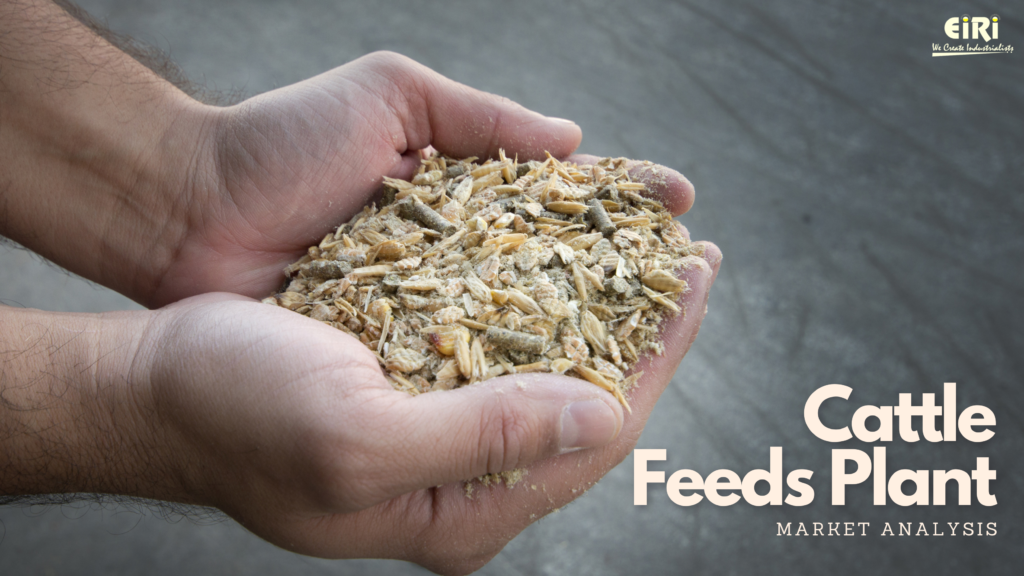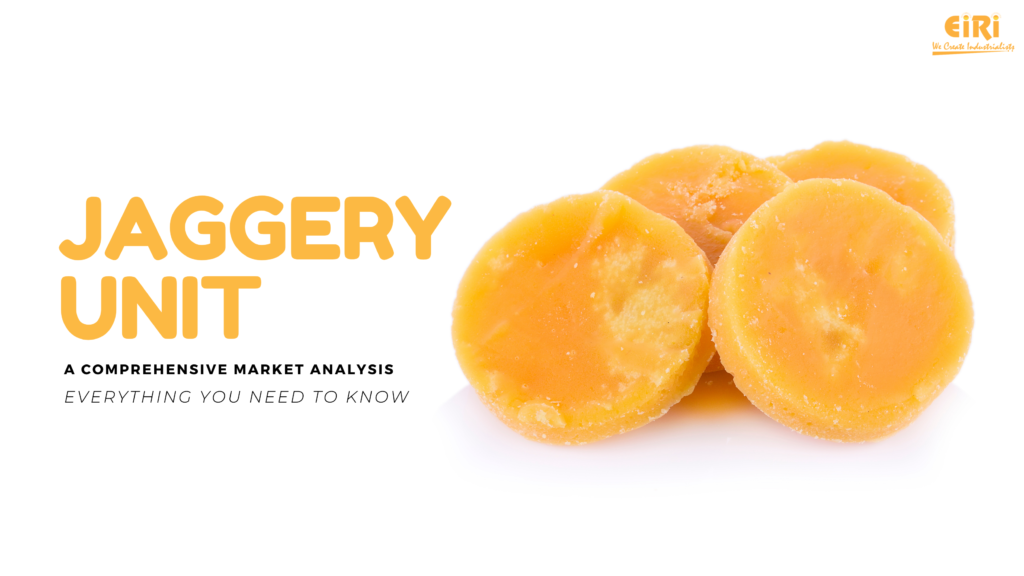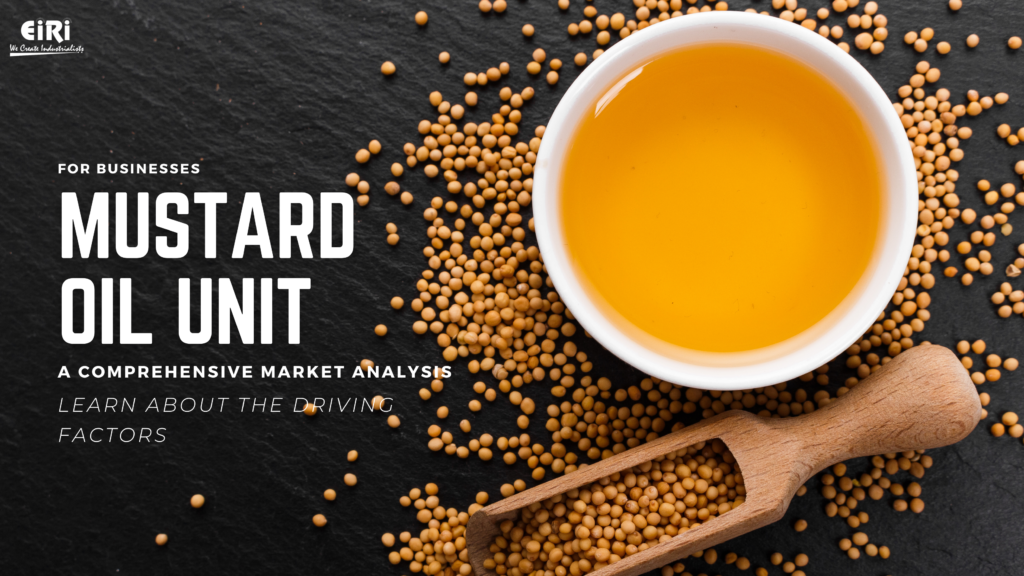Biodegradable Diapers Manufacturing Plant Cost
Biodegradable Diapers are having huge demand in India and Global. Diaper companies produce disposable biodegradable diapers that contain materials that are less harmful to the environment. In some cases, companies are combining both cloth and eco-friendly disposable components to make what is referred to as a “hybrid” diaper. Hybrid diapers, which lets you choose between cloth absorbency or a disposable absorbency layer which is made primarily from biodegradable and compostable materials. These have the added benefit of being free of chlorine and perfumes, with a core made of sustainably harvested wood pulp fibers. This type of absorbency layer can be used and thrown away just like a disposable diaper, except that it is designed to decompose much faster.
Hybrid diapers can be an easy, eco-friendly solution to the problem of disposable diapers.
Detailed Project Report (DPR) on BIODEGRADABLE DIAPERS MANUFACTURING
Baby diaper may be a newly developed product for India, where as for European countries it has become a general necessity for newly born child caretaking. It was developed & marketed by a Swedish firm some time in the year 1958. As a matter of fact a diaper is used for wrapping the newly born or pretty young children who have not get developed the fixed routine for making water or latrine. He or she may discharge at any time which creates a lot of trouble to his mother or caretaker. Who has no convenient place or time to attend the baby while for an outing, shopping, going to movies or friends & relatives? To avoid all trouble they just wrap their babies with the diaper & baby may discharge whenever he feels to. It can retain the wetting for about two hours or so. Till then his mother finds a suitable time & place & removes the diapers, through it away & replace now one. This way it has given a lot of relief to new mothers.
A disposable diaper consists of an absorbent pad sandwiched between two sheets of nonwoven fabric. The pad is specially designed to absorb and retain body fluids, and the nonwoven fabric gives the diaper a comfortable shape and helps prevent leakage. These diapers are made by a multi-step process in which the absorbent pad is first vacuum – formed, then attached to a permeable top sheet and impermeable bottom sheet. The components are sealed together by application of heat or ultrasonic vibrations. Elastic fibers are attached to the sheets to gather the edges of the diaper into the proper shape so it fits snugly around a baby’s legs and crotch. When properly fitted, the disposable diaper will retain body fluids which pass through the permeable top sheet and are absorbed into the pad.
Disposable diapers are a relatively recent invention. In fact, until the early 1970s mothers had no real alternative to classic cloth diapers. Cotton diapers have the advantage of being soft, comfortable, and made of natural materials. Their disadvantages include their relatively poor absorbency and the fact that they have to be laundered. Disposable diapers were developed to overcome these problems. The earliest disposables used wood pulp fluff, cellulose wadding, fluff cellulose, or cotton fibers as the absorbent material. These materials did not absorb very much moisture for their weight, however. Consequently, diapers made from these materials were extremely bulky. More efficient absorbent polymers were developed to address this issue.
Since the 1970s, disposable diaper technology has continued to evolve. In fact, nearly 1,000 patents related to diaper design and construction have been issued in the last 25 years. Today’s diapers are not only highly functional, they include advanced features such as special sizing and coloring for specific gender and age, color change indicators to show when the child is wet, and reattachable VelcroTM-type closures. These innovations have enabled disposables to capture a large share of the diaper market. In 1996, disposable diaper sales exceeded $4 billion in the United States alone. Proctor and Gamble and Kimberly Clark are the two largest brand name manufacturers, and their sales account for nearly 80% of the market. Private label manufacturers that produce store brands and generic diapers account for most of the remaining 20%.
Every diaper, regardless of brand, has the same five functional parts:
- Waterproof outer layer or shell. Usually a petroleum-based plastic that holds the diaper together.
- Absorbent core. This is the most important part of a diaper because it prevents leakage. It’s usually made up of a mix of pulp — wood, wheat, or corn-based materials — and Super Absorbent Polymer (SAP), chemical crystals that expand to lock in liquid and can retain 30 times their weight, also known as superabsorbent gel.
- Inner layer. Also referred to as the liner or top sheet, this is the part of the diaper that has the most contact with the baby’s skin and is usually made up of a polyproylene fabric (more on this in a minute). Sometimes it also includes polyester or cotton for cushioning.
- Fasteners. U.S. diapers mostly use Velcro, which is repositionable (and a lot more forgiving than the old-school plastic tape bands).
- Stretchiers. The technical term for the elastic bands around the legs and waist.
EIRI have recently prepared a Detailed Project Report on this unit covering all the following contents, Entrepreneurs may contact at: eiri@eiriindia.org or Call at: +91 9811437895 for more details.
COST ESTIMATION (US$)
Plant Capacity : 48000.00 Nos./day
land & Building (2000 Sq.Mtrs) : US$. 150,000
Plant & Machinery : US$. 383,000
Working Capital for 1 Months : US$. 255,000
Total Capital Investment : US$. 804,000
Rate of Return : 71%
Break Even Point : 33%
Following are the Contents covering in this Detailed Project Report prepared by EIRI (eiri@eiriindia.org)
• PRODUCT INTRODUCTION
• USES AND APPLICATIONS
• PRODUCT (DIAPER) ANALYSIS
• TYPES OF DISPOSABLE DIAPER
• PROPERTIES
• MARKET SURVEY
• PRODUCTION OF DIAPERS
• IMPORT AND EXPORT OF DIAPER
• INSTALLED CAPACITY, UTILIZATION AND PRODUCTION OF DIAPER
• APPARENT CONSUMPTION OF DIAPERS
• ESTIMATED DEMAND
• DEMAND SUPPLY GAP
• OVERVIEW OF BABY DIAPER IN INDIA
• GLOBAL MARKET POSITION OF BABY DIAPER
• MANUFACTURER & EXPORTER OF DISPOSABLE BABY DIAPERS
• B.I.S SPECIFICATION (BABY DIAPERS)
• RAW MATERIALS DESCRIPTION & SPECIFICATIONS
• PRESSURE SENSITIVE ADHESIVE
• SPECIFICATIONS OF THE RAW MATERIALS
• MANUFACTURING PROCESS OF DIAPER (ADULT AND BABY)
• PROCESSING DETAILS OF DIAPER MANUFACTURE
• SEQUENCES OF OPERATION OF BABY DIAPERS MANUFACTURE
• PROCESS FLOW DIAGRAM
• WASTE AND QUALITY CONTROL
• PRECIOUS BABY DIAPER
• DIAPER FOR MALE BABY
• PLANT LAYOUT
• CONSULTANT FOR SETTINGUP THE DISPOSABLE DIAPER PROJECTS
• SUPPLIERS OF PLANT AND MACHINERY
• SUPPLIERS OF PLANT AND MACHINERY (IMPORTED)
• SUPPLIERS OF RAW MATERIALS
• MANUFACTURERS OF NON WOVEN FABRIC
• THE FOLLOWING TYPES ARE MULTI-FUNCTION LINES:
YOU CAN SHIFT THE FUNCTION TO THE DIAPER FUNCTION
• CH NON – FOOD IMPORT – EXPORT CORP.
APPENDIX – A:
1. COST OF PLANT ECONOMICS
2. LAND & BUILDING
3. PLANT AND MACHINERY
4. FIXED CAPITAL INVESTMENT
5. RAW MATERIAL
6. SALARY AND WAGES
7. UTILITIES AND OVERHEADS
8. TOTAL WORKING CAPITAL
9. COST OF PRODUCTION
10. PROFITABILITY ANALYSIS
11. BREAK EVEN POINT
12. RESOURCES OF FINANCE
13. INTEREST CHART
14. DEPRECIATION CHART
15. CASH FLOW STATEMENT
16. PROJECTED BALANCE SHEET




